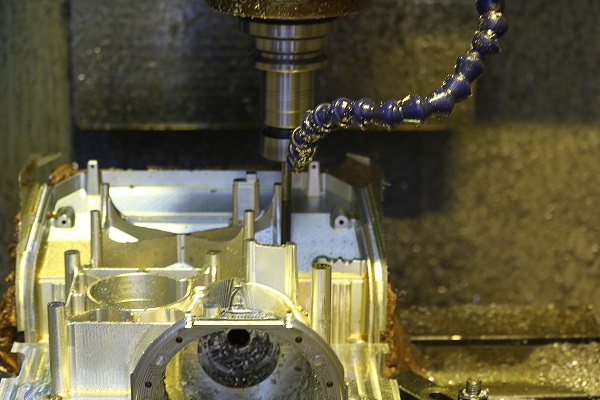Get in touch.
Dear,I will reply in 12 hours. All your message are protected!
Rapid Prototyping Services, Professional manufacturer of CNC Prototyping and 3D Prototyping in China.
CNC (Computer Numerical Control) machining is a versatile manufacturing process that offers exceptional precision and accuracy. When it comes to machining right angles, CNC provides the capability to achieve precise and consistent results. In this article, we will explore the techniques and best practices for achieving accurate right angle machining in CNC.

1.Proper Workpiece Setup:
Ensure that the workpiece is securely and accurately positioned in the machine. Use precision fixtures or workholding systems that are designed to maintain the workpiece at a right angle to the cutting tool. Double-check the alignment and squareness of the workpiece using precision measuring instruments like squares or dial indicators before starting the machining process.
2.Tool Selection:
Select the appropriate cutting tool for achieving right angle machining. Consider using end mills, face mills, or square end cutters with sharp cutting edges and precise geometry. Carbide or high-speed steel tools are commonly used for their durability and precision. Ensure that the tool is properly sized and suited for the material being machined.
3.Machining Parameters:
Fine-tune the machining parameters to achieve precise right angle machining. Optimize the spindle speed, feed rate, and depth of cut to minimize vibrations and ensure clean cuts. Adjust the parameters based on the material properties and the desired surface finish. Take small, incremental cuts to maintain accuracy and prevent tool deflection.
4.Toolpath Optimization:
Optimize the toolpaths to ensure smooth and accurate right angle machining. Use CAM software to generate toolpaths that maintain constant cutting forces and minimize sudden changes in direction. Implement techniques such as climb milling or conventional milling based on the material and the desired surface quality. Avoid sharp corners that can lead to tool chatter or tool breakage.
5.Machine Calibration:
Regularly calibrate your CNC machine to ensure its accuracy and repeatability. Verify and adjust the machine's linear guides, ball screws, and spindle runout to maintain precise right angle machining. Calibration helps in reproducing the programmed toolpaths accurately and achieving consistent results.
6.Quality Control:
Implement a robust quality control process to verify the accuracy of the machined right angles. Use precision measuring instruments like squares, angle gauges, or coordinate measuring machines (CMMs) to inspect the angles and ensure they meet the required specifications. Implement statistical process control (SPC) techniques to monitor and analyze any variations in the machining process.
7.Machine Maintenance:
Regularly maintain and clean your CNC machine to ensure optimal performance. Keep the machine's components free from chips, dust, and debris that can affect accuracy. Lubricate the moving parts according to the manufacturer's recommendations to prevent wear and maintain smooth movements.
8.Operator Skill and Training:
Provide adequate training to CNC machine operators to ensure they understand the importance of achieving precise right angle machining. Train them on proper machine setup, tool selection, and programming techniques. Encourage operators to monitor the machining process closely and make necessary adjustments to maintain accuracy.
Conclusion:
Achieving precise right angle machining in CNC requires careful attention to workpiece setup, tool selection, machining parameters, toolpath optimization, machine calibration, quality control, machine maintenance, and operator skill. By following these techniques and best practices, you can consistently produce accurate right angles in your CNC machining operations.
© 2005-2025 Shenzhen Tuowei Model Technologies Co., Ltd. | All Rights Reserved 粤ICP备11096697号